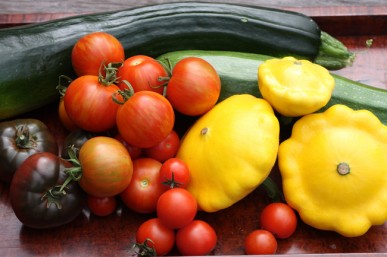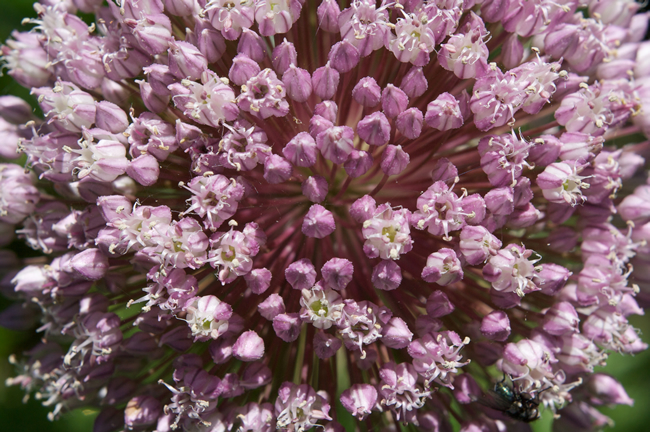I’ve had a cornucopia of cucurbits this year, with lots of ‘Black Beauty’ zucchini and and bright yellow button squash. The pumpkins are not producing as prolifically because I planted them in an out of the way position with not enough sun, but the plants are still growing and the pumpkins are getting bigger. Unfortunately, for the last few weeks the powdery mildew has also been growing. Powdery mildew is a fungus that attacks cucurbits (zucchini, marrow, pumpkin, cucumber etc) and grapevines, some fruit trees and a range of other plants including begonias and roses. It first appears as pale grey spots on the surface of leaves, spreading to cover the whole leaf and stem. If untreated, eventually the whole plant will shrivel, brown and die. Powdery mildew is most prevalent in moderately dry regions, when the weather starts to cool in autumn and where water sits on foliage for long periods. Almost counterintuitively, it is less likely to be a problem in wet weather as well as very hot, dry weather.


